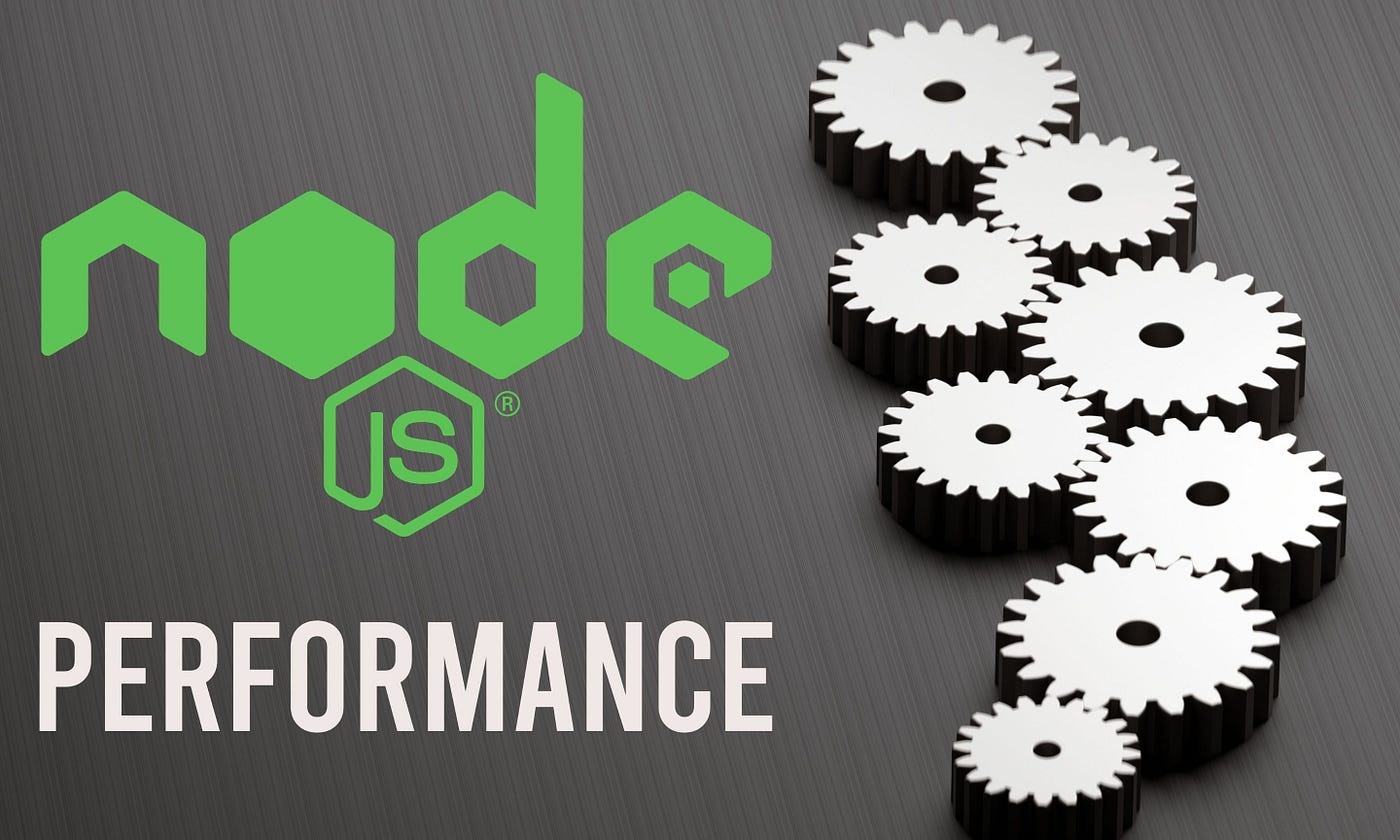Optimize Code Efficiency:
- Write easy and green code.
- Use asynchronous programming and callbacks to keep away from blockading the occasion loop.
- Profile your code the use of gear like Node.Js's built-in profiler or third-birthday celebration tools like New Relic to perceive overall performance bottlenecks.
Use a Web Framework:
- Consider the use of an internet framework like Express.Js to deal with routing and middleware efficiently.
- Express.Js can also be used with load balancers like Nginx or HAProxy for distributing site visitors throughout more than one Node.Js instances.
Caching:
- Implement caching for often requested information to lessen the burden for your database and improve reaction times. Tools like Redis or Memcached can be used for caching.
- Utilize HTTP caching headers (e.G., Cache-Control, ETag) to enable purchaser-facet caching.
Database Optimization:
- Optimize database queries and use indexing to improve question performance.
- Consider using NoSQL databases like MongoDB or Cassandra for unique use instances that require high read/write throughput.
Scaling:
- Use horizontal scaling by means of deploying more than one times of your Node.Js software in the back of a load balancer.
- Containerization with Docker and orchestration with Kubernetes can simplify the deployment and scaling of Node.Js applications.
Load Balancing:
- Implement load balancing to distribute incoming requests flippantly throughout more than one Node.Js times.
- Use cloud-based totally load balancers like AWS Elastic Load Balancing or self-hosted solutions like Nginx or HAProxy.
Serverless Architecture:
- Consider serverless computing platforms like AWS Lambda or Azure Functions for precise capabilities or endpoints that can be independently scaled.
API Rate Limiting:
- Implement rate limiting to save you abuse and manage the charge at which customers can make requests.
- Tools like express-fee-limit can help enforce charge limits in Express.Js programs.
Monitoring and Logging:
- Use tracking gear like Prometheus, Grafana, or New Relic to reveal software performance and identify problems in real-time.
- Implement centralized logging to capture and examine logs from all instances.
Content Delivery Networks (CDNs):
- Offload static assets and content material to CDNs like Cloudflare or AWS CloudFront to reduce the load to your software servers.
Distributed Caching:
- Consider using distributed caching answers like Redis Cluster or Memcached with sharding for a dispensed cache layer.
Content Compression:
- Enable content compression (e.G., gzip or Brotli) to lessen the quantity of data transmitted over the network.
Error Handling and Retry Strategies:
- Implement strong errors managing and retry mechanisms to gracefully handle failures and temporary issues.
Auto-Scaling:
- Set up automobile-scaling regulations based on predefined triggers or metrics to automatically add or remove times as needed.
Database Sharding:
- For massive-scale programs, don't forget database sharding to distribute records throughout multiple database servers.
Security:
- Ensure your utility is secure by using implementing proper authentication, authorization, and input validation.
- Protect towards DDoS assaults the usage of tools like AWS Shield or a web application firewall (WAF).
Content Delivery Strategy:
- Use content material delivery techniques like server-aspect rendering (SSR) or static web site era (SSG) to reduce server-aspect processing for sure pages.
Testing and Load Testing:
- Regularly carry out load trying out to simulate excessive traffic situations and pick out performance bottlenecks before they come to be important.
Remember that optimizing for excessive scalability need to be based totally at the precise needs and traits of your software. Regularly reveal, check, and regulate your infrastructure and code to meet changing needs and ensure foremost overall performance.
